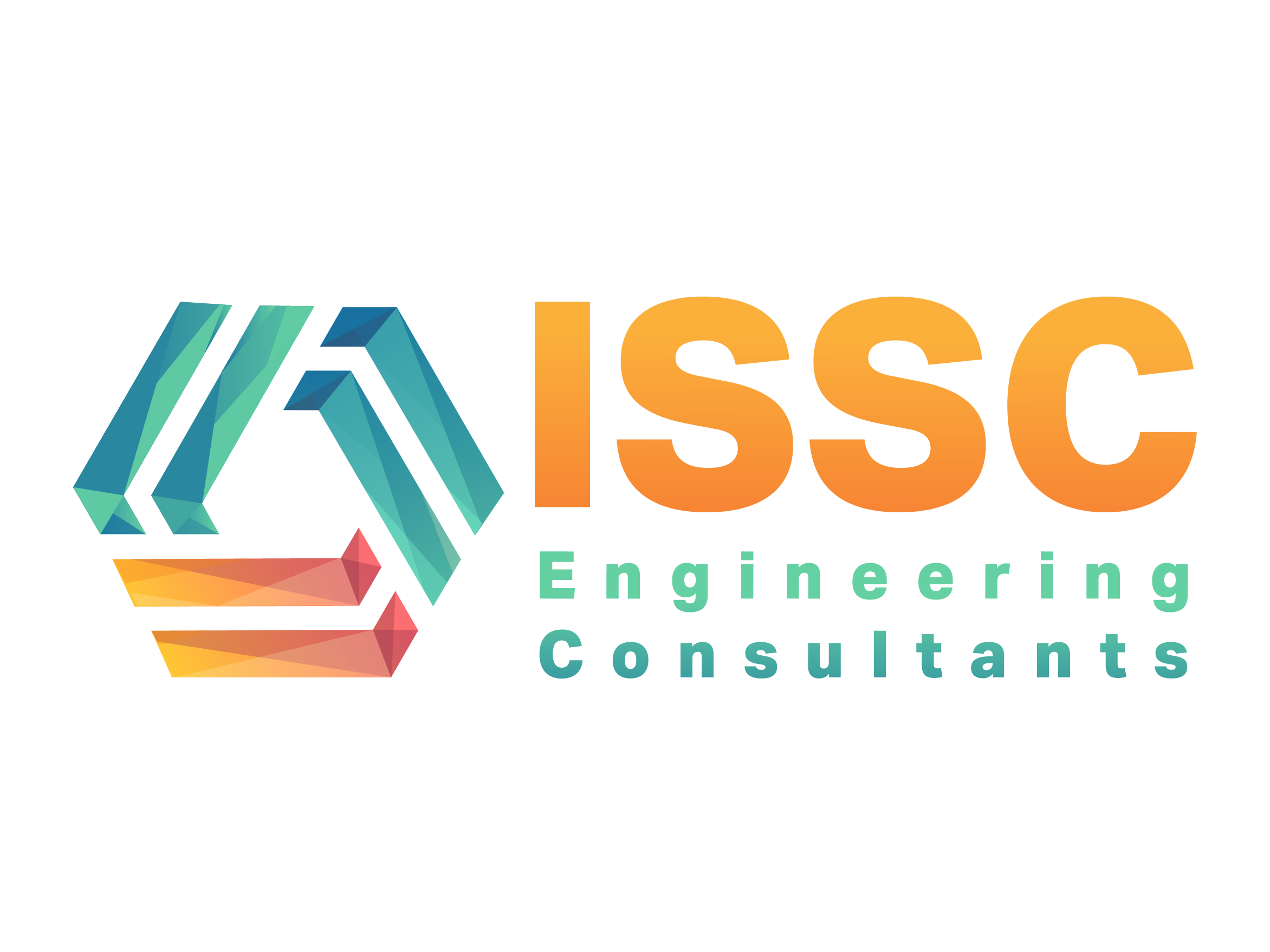“Unleashing the Beast of Blockchain: The Intersection of Cryptocurrency, Mining, and Token Minting on the Order Book”
The world of cryptocurrency has come a long way since its inception in the early 2000s. With the rise of decentralized finance (DeFi), non-fungible tokens (NFTs), and smart contracts, the landscape has become increasingly complex. At the heart of this revolution is blockchain technology, which enables peer-to-peer transactions without intermediaries. Two key components driving this growth are cryptocurrency mining and token minting.
Cryptocurrency Mining

Mining refers to the process of verifying transactions on a blockchain network and adding them to the public ledger. This requires significant computational power from specialized hardware known as miners. The most common cryptocurrencies, such as Bitcoin and Ethereum, have a fixed supply of coins that can be mined using powerful computers to solve complex mathematical equations.
The mining process involves collecting and processing large amounts of data, which is then used to validate transactions and create new blocks. Miners compete to solve the equation first, and the winner is rewarded with newly minted coins. This creates a decentralized network effect, where the difficulty level adjusts over time to maintain the security of the blockchain.
Token Minting
Token minting refers to the process of creating new tokens on top of an existing blockchain platform. In the case of cryptocurrency mining, token minting often occurs in conjunction with the launch of a new coin or token. The creators of the token use their own funds or receive them from investors to mint new coins.
Token minting has become increasingly popular in recent years, as it provides a way for developers to create their own tokens for various use cases, such as gaming, social media, and even governance models. This has led to the emergence of new technologies, such as tokenized assets and decentralized finance (DeFi) platforms.
The Order Book
An order book is a critical component of cryptocurrency markets, allowing traders to trade and buy/sell coins with other users in real-time. The order book maintains a list of available trades, with prices and quantities for each coin displayed side-by-side. This enables buyers and sellers to negotiate the best price they can get for their desired coins.
The order book is typically implemented using distributed ledgers like blockchain or distributed ledger technology (DLT). These platforms enable multiple nodes to verify transactions and update the order book in real-time, ensuring that trades are executed efficiently and securely.
Convergence of Cryptocurrency Mining, Token Minting, and Order Books
As the cryptocurrency landscape continues to evolve, we can expect to see increased convergence between these three components. For example:
- Token minting will likely become more prevalent as developers create their own tokens for various use cases.
- Blockchain-based order books will continue to improve, with new technologies like decentralized exchange (DEX) platforms and automated market makers (AMMs).
- Cryptocurrency mining will remain a critical component of the ecosystem, but its role will shift from mere transaction verification to active participation in the network.
In conclusion, cryptocurrency mining, token minting, and order books are at the heart of the blockchain revolution. As these technologies continue to evolve, we can expect to see new innovations emerge that further disrupt the status quo. Whether you’re a seasoned investor or a newcomer to the world of cryptocurrencies, understanding these components will give you a deeper appreciation for the complexity and beauty of this decentralized ecosystem.




Leave a Reply